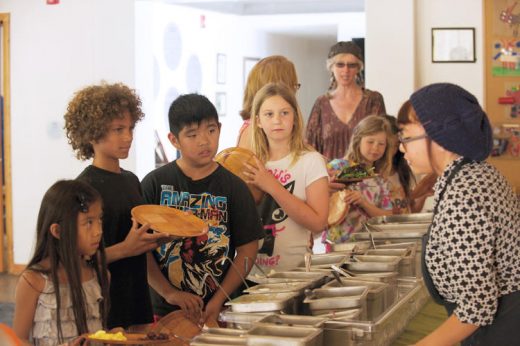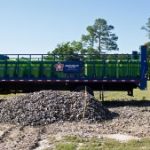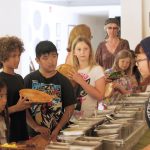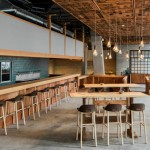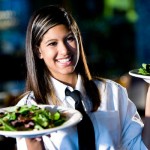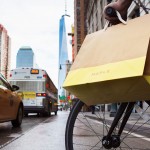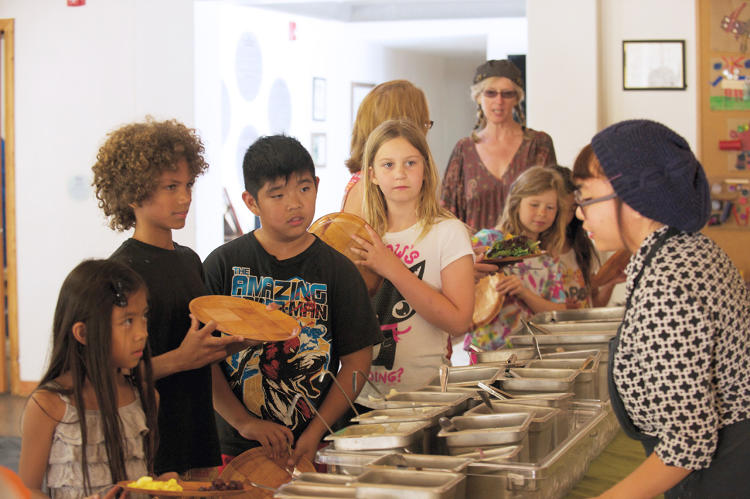The Most Sustainable Restaurant In The World Might Be This School Cafeteria
The greenest restaurant in the world—at least according to one ranking—is a school cafeteria. The Muse School kitchen, in a private school just outside Los Angeles, currently holds the highest ranking with the Green Restaurant Association.
The school grows its own food, composts, and the entire kitchen runs on solar power. But the biggest difference from typical school lunches is probably the fact that they decided to stop serving animal products.
“We’re an environmental school,” says cofounder Rebecca Amis. “We thought, we can’t call ourselves environmental if we continue to eat meat and dairy.”
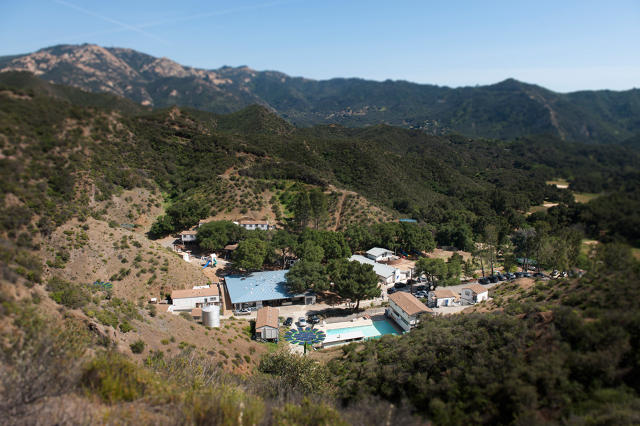
Over a couple of years, they slowly phased in more vegan food on the menu, while teaching students about the reasons for the shift. While students were on board—after getting some veto power over foods they didn’t like—parents were harder to convince.
“It was very difficult,” says Jeff King, head of the school. “We lost a lot of parents, and there were a lot of parents who were unable to get their heads wrapped around a plant-based diet, especially in regards to myths around animal protein, brain development, and just protein in general. We had a lot of parents who loved the school and just chose to move on because of that.”
Still, the school continued with the switch, and new students replaced those who had left. Their program, called OMD or “one meal a day for the planet,” feeds everyone at school—from preschoolers to 12th graders and faculty—plant-based lunches and snacks, typically made with produce the students grow on-site.
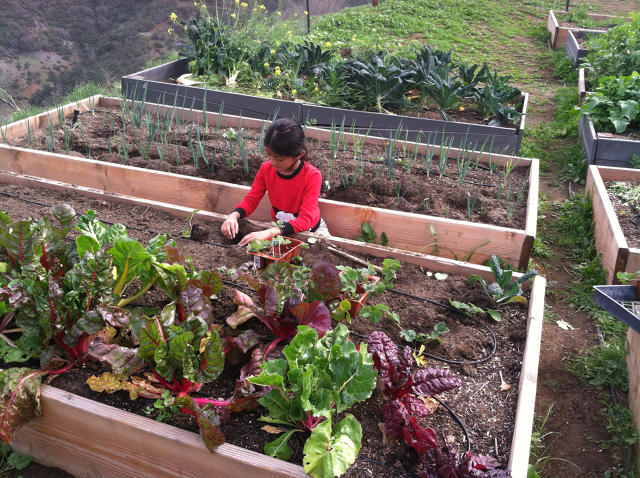
Students have started taking ideas from the cafeteria back to their parents. “Our preschoolers are going home and asking mom and dad, ‘Where’s the compost?'” says Amis. “‘I’ve got this leftover food; where am I going to put it?’ It’s pretty cool because they’re starting as young as two.”
Each grade level learns about food as part of the school’s sustainability curriculum. “They can articulate why Muse has a plant-based menu,” says King. “Our students are very sophisticated about their place in the world and how they can make a change through the way they eat.”
The meals, developed by the school’s chef and full of fresh produce, also look more appetizing than the standard school lunch. “What’s inspiring for me, having been there from the day we started it, is watching the students as they go through the lunch line and they build their plates up with beautiful food,” Amis says. “I didn’t grow up like that.”
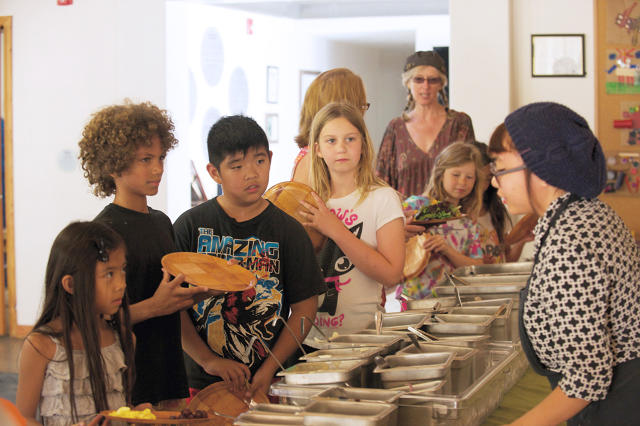
The vegan food is one of 49 different environmental actions the school kitchen has taken, from recycling and composting to efficient appliances. By using solar power to run everything, the school also eliminates another major part of a typical restaurant’s carbon footprint. In the retail sector, restaurants are the biggest consumer of electricity, and it usually comes from fossil fuels. In total, the school kitchen earned 550 points in the Green Restaurant Association’s certification program, more than any other restaurant.
This summer, along with the nonprofit Global Green, the school plans to launch a fellowship program where educators from other schools can come and learn how to do some of the same things. “They can take a seed-to-table program to their schools, where students can learn math, science, and reading curricula while they’re growing fruits and vegetables that they then can consume,” says King.
But the biggest difference from typical school lunches is probably the fact that they decided to stop serving animal products.
” src=”http://d.fastcompany.net/multisite_files/fastcompany/imagecache/slideshow_large/slideshow/2016/04/3059146-slide-4-the-most-sustainable-restaurant-in-the-world.jpg”>
While students were on board—after getting some veto power over foods they didn’t like—parents were harder to convince.
” src=”http://d.fastcompany.net/multisite_files/fastcompany/imagecache/slideshow_large/slideshow/2016/04/3059146-slide-2-the-most-sustainable-restaurant-in-the-world.jpg”>
Fast Company , Read Full Story
(39)

